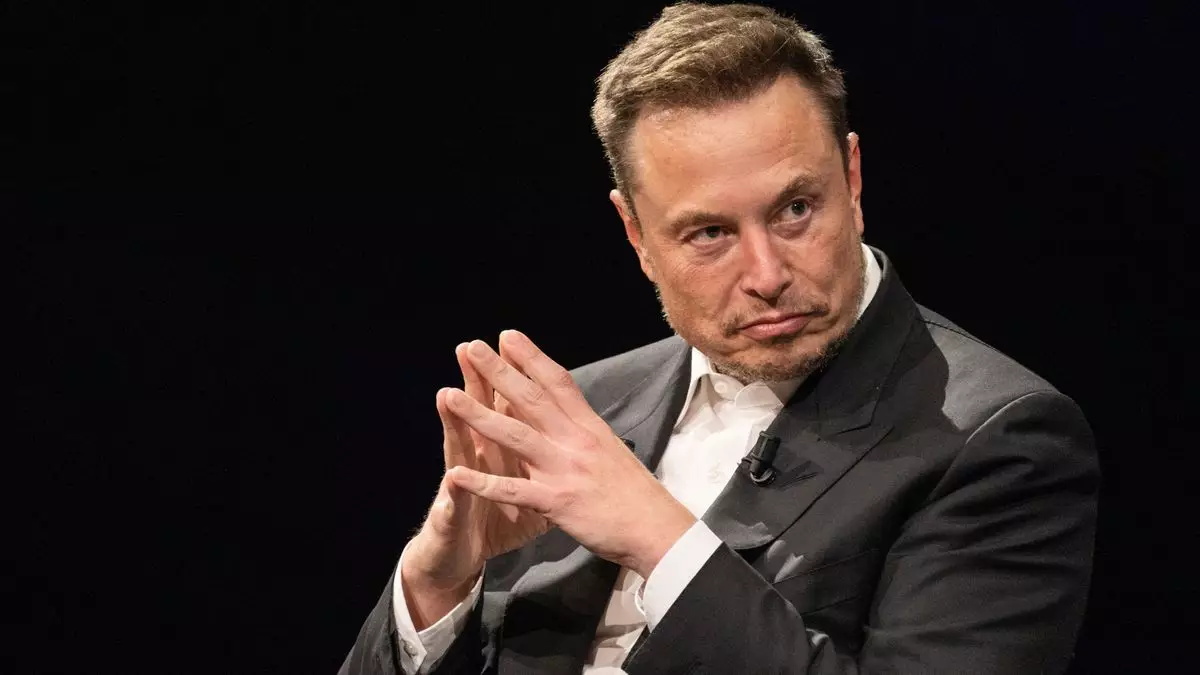Elon Musk, the billionaire tech mogul, has raised concerns about the electricity requirements for training large language models (LLMs). While the common assumption is that the bottleneck in training these models lies in the shortage of GPUs, Musk believes that the lack of sufficient power may be a more significant issue. His upcoming project, the Grok 3 AI model from xAI, is estimated to require approximately 100,000 Nvidia H100 GPUs for training.
Each Nvidia H100 GPU consumes a peak power of 700W, meaning that with 100,000 units, the total power consumption would reach 70 megawatts. Although not all GPUs would be running at full capacity simultaneously, the overall power requirement for the AI setup, including supporting hardware and infrastructure, could exceed 100 megawatts. To put this into perspective, this is equivalent to the power consumption of a small city or a fraction of the total data centers in Paris in 2022.
In an interview with Norway wealth fund CEO Nicolai Tangen, Musk emphasized that while GPU availability is crucial for AI model development, the access to sufficient electricity will increasingly become a limiting factor. Musk even went as far as predicting that artificial general intelligence (AGI) would surpass human intelligence within the next two years. However, his track record with predictions, such as self-driving cars and Covid-19 cases, has been inconsistent.
The transition from the Grok 2 model, which required 20,000 H100 GPUs, to the Grok 3 model with a projected need for 100,000 GPUs represents a five-fold increase. This rapid scaling in GPU count and power consumption raises sustainability concerns. The exponential growth in electricity demand for training advanced AI models like LLMs could pose challenges in the long run.
While the AI community is focused on innovating and pushing the boundaries of technology, the underlying infrastructure and power requirements must not be overlooked. Elon Musk’s warning about the electricity burden associated with training large language models serves as a reminder that sustainability and efficiency should be integral considerations in AI development. As the demand for more powerful AI models continues to grow, addressing the electricity problem will be crucial for the advancement of artificial intelligence.


Leave a Reply